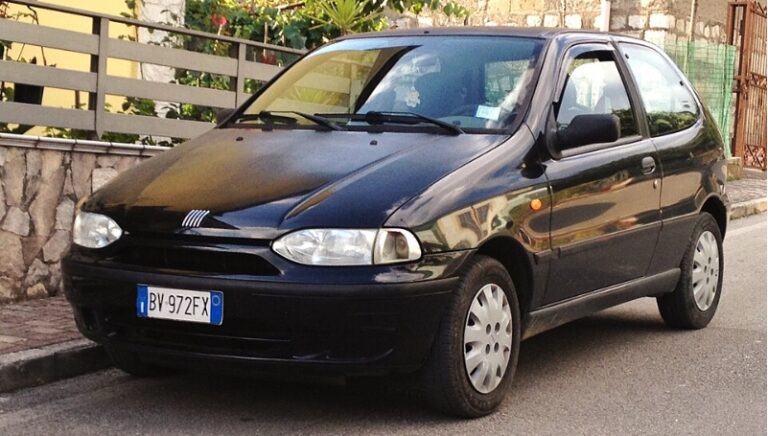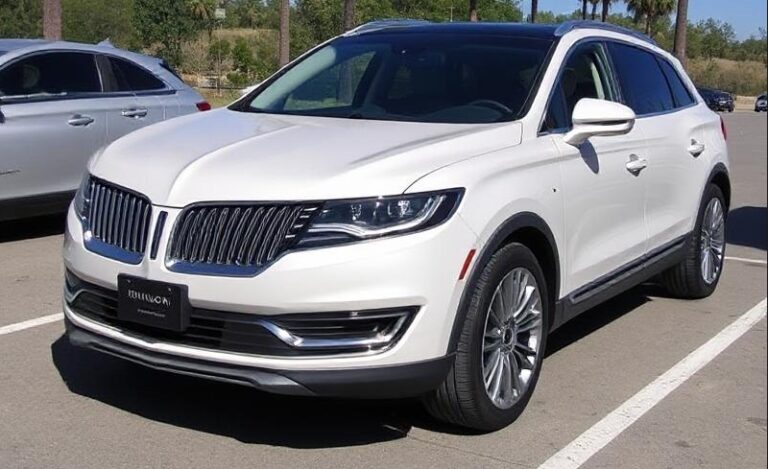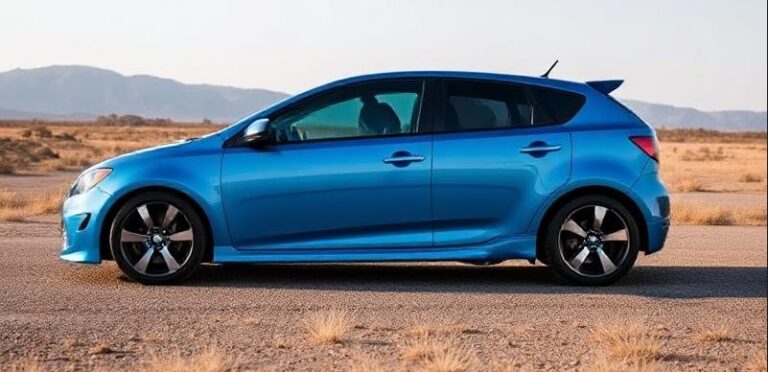The Evolution of the Suzuki Liana
The Suzuki Liana, also known as the Suzuki Aerio in certain markets, is a compact car that marked Suzuki’s foray into the global small car segment during the early 2000s. Its development reflected Suzuki’s commitment to offering versatile, affordable, and reliable vehicles suitable for diverse markets. This article traces the evolution of the Suzuki Liana from its inception to its discontinuation, detailing production years, model variants, and trim levels.
Origins and Introduction (2001–2007)
Launch and Global Market Positioning
The Suzuki Liana was introduced in 2001 as a replacement for the Suzuki Baleno in many markets. It was primarily designed to compete in the compact car class, offering a balance of practicality, affordability, and Suzuki’s renowned reliability. The vehicle was built on the Suzuki Global Compact Car platform, which aimed to streamline production and parts sharing across markets.
Production Years
- Japan: The Suzuki Liana was officially introduced in 2001 and remained in production until 2007.
- Europe: Launched around 2002, with production continuing until 2007.
- North America: Known as the Suzuki Aerio, produced from 2002 to 2007.
Design and Features
The Liana featured a modern, aerodynamic design with a focus on practicality. It was a five-door hatchback, with a sedan version also available. The vehicle’s interior offered flexible seating arrangements and a range of features aimed at comfort and convenience.
Model Variants and Trim Levels (2001–2007)
Throughout its production run, the Suzuki Liana was offered in various trim levels, tailored to regional markets and customer preferences. The trims typically included:
- Base/XL: Basic features, manual windows, cloth seats.
- GL/GLX: Upgraded interior, power windows, air conditioning.
- ZX/ZXi: Sportier trims, sometimes with alloy wheels and additional equipment.
- Limited Editions: Occasionally released with special features or styling packages.
In North America (as the Suzuki Aerio), trim levels included:
- Sedans: Base, S, and SX trims.
- Hatchbacks: Base and GS trims.
In Europe, the trims varied further, often including:
- Comfort: Focused on ride quality and interior features.
- Luxury: Additional comfort features, upgraded interior materials.
Powertrain Options and Specifications
The Suzuki Liana was offered with a variety of engines depending on the market:
- Petrol Engines:
- 1.3-liter G13B I4 (available in some markets)
- 1.4-liter G16B I4
- 1.6-liter M16A I4 (more common in later models)
- 2.0-liter M20A I4 (in some North American models)
- Transmission Options:
- 5-speed manual transmission
- 4-speed automatic transmission
- 5-speed automatic (in certain models)
The engines were known for their reliability and fuel efficiency, with the 1.6-liter being the most popular for its balance of performance and economy.
Facelift and Mid-Cycle Updates (2004–2006)
In 2004, Suzuki introduced a facelift for the Liana, primarily targeting the European and Asian markets. The updates included:
- Exterior: New grille design, revised bumpers, and headlamp styling.
- Interior: Improved materials, updated dashboard layout.
- Safety: Addition of airbags and ABS in higher trims.
- Engine Options: Slight enhancements for emissions and performance, with some markets receiving new engine variants.
These updates helped extend the Liana’s market lifespan, keeping it competitive against emerging rivals.
Discontinuation and Replacement (2007)
By 2007, Suzuki had phased out the Liana in favor of newer models such as the Suzuki SX4, which combined crossover SUV elements with compact car practicality. The Liana’s declining sales, along with changing market preferences, led to its discontinuation.
.
THIS might be a great place to get your new car from!
Or for those who are into the “car flipping” business, here’s an excellent resource for you!

.
Legacy and Impact
Although the Suzuki Liana had a relatively short production span of about six years, it played an essential role in Suzuki’s global strategy. It introduced many consumers to Suzuki’s approach to compact vehicles, emphasizing affordability, simplicity, and reliability.
The Liana was also notable for its strong export performance, especially in Europe and North America, under the Aerio nameplate. Its versatility, with multiple body styles and trim options, allowed it to appeal to a broad customer base.
Summary of Key Facts
| Aspect | Details |
|---|---|
| Production Years | 2001–2007 |
| Markets | Japan, Europe, North America, Asia, others |
| Body Styles | Hatchback, Sedan |
| Engines | 1.3L G13B, 1.4L G16B, 1.6L M16A, 2.0L M20A |
| Transmissions | 5MT, 4AT, 5AT |
| Notable Trims | Base, GL, GLX, ZX, Limited Edition, S, SX, GS |
| Facelift | 2004 (mid-cycle update) |
| Discontinued | 2007 |
Conclusion
The Suzuki Liana’s evolution from its launch in 2001 to its discontinuation in 2007 encapsulates Suzuki’s strategic focus on offering practical, economical, and reliable vehicles. Its various models and trim levels across different regions demonstrate Suzuki’s adaptability and commitment to meeting diverse customer needs. While it was eventually replaced by more modern crossover models like the Suzuki SX4, the Liana remains a noteworthy chapter in Suzuki’s global automotive history, appreciated for its simplicity and dependability.







